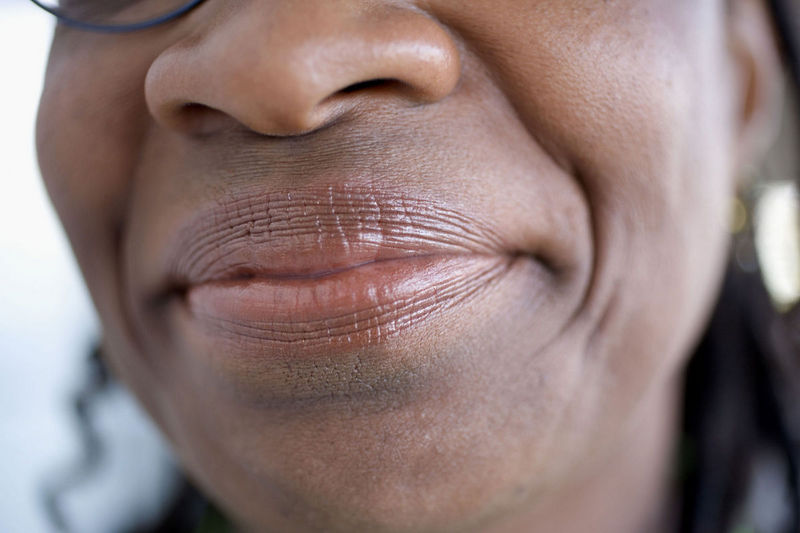THURSDAY, March 17, 2016 (HealthDay News) — Some major U.S. cities, including New York City and Los Angeles, could face outbreaks of the Zika virus this summer, scientists say.
The virus is spread by the Aedes aegypti mosquito, which will likely become more abundant across much of the southern and eastern United States as the weather warms, according to experts at the National Center for Atmospheric Research in Boulder, Colo.
Computer simulations for 50 cities suggest that warmer-than-normal temperatures this summer could result in significant numbers of Zika-carrying mosquitoes along the East Coast as far north as New York City, and as far west as Phoenix and Los Angeles, the scientists reported.
“This research can help us anticipate the timing and location of possible Zika virus outbreaks in certain U.S. cities,” study lead author Andrew Monaghan, a scientist with the center for atmospheric research, said in a news release from the National Science Foundation.
Zika, prevalent in much of Latin America and the Caribbean, is thought to cause microcephaly when contracted in pregnancy. This is a serious birth defect in which babies are born with small heads. The virus may also be linked to Guillain-Barre syndrome, a rare disorder that can cause paralysis.
“While there is much we still don’t know about the dynamics of Zika virus transmission, understanding where the Aedes aegypti mosquito can survive in the U.S. and how its abundance fluctuates seasonally may help guide mosquito-control efforts and public health preparedness,” Monaghan explained.
Spring and fall temperatures can support low to moderate populations of the Aedes aegypti in southern parts of the United States, but winter temperatures are too cold for the mosquito outside of the southern regions of Florida and Texas, the researchers explained.
The investigators also analyzed travel patterns to the United States from countries and territories with Zika outbreaks. The researchers concluded that cities in southern Florida and poor areas in southern Texas may be at high risk for local transmission of the virus.
The study was published March 16 in the journal PLoS Currents: Outbreaks.
“This research highlights the complex set of human and environmental factors that determine whether a mosquito-borne disease is carried from one area to another, and how severely it affects different human populations,” Sarah Ruth, program director of the science foundation’s division of atmospheric and geospace sciences, said in the news release.
“By integrating information on weather, travel patterns, mosquito biology and human behavior, the project team has improved our ability to forecast, deal with, and possibly even prevent future outbreaks of Zika and other serious diseases,” she added.
But even if the virus is transmitted in the continental United States, a quick response can reduce its impact, the experts suggested.
Also, because many Americans live and work in air-conditioned and predominantly sealed homes and offices, Zika is unlikely to spread as widely as it has in Latin America and the Caribbean, Monaghan said.
People are more vulnerable to mosquito bites if they live in non-air conditioned houses, or have torn or missing screens that admit mosquitoes more easily, the researchers noted in the news release.
The Aedes aegypti populations tend to congregate in densely populated urban areas, the researchers added.
More information
For more on Zika virus, visit the U.S. Centers for Disease Control and Prevention.
To see the CDC list of sites where Zika virus is active and may pose a threat to pregnant women, click here.
Copyright © 2025 HealthDay. All rights reserved.

